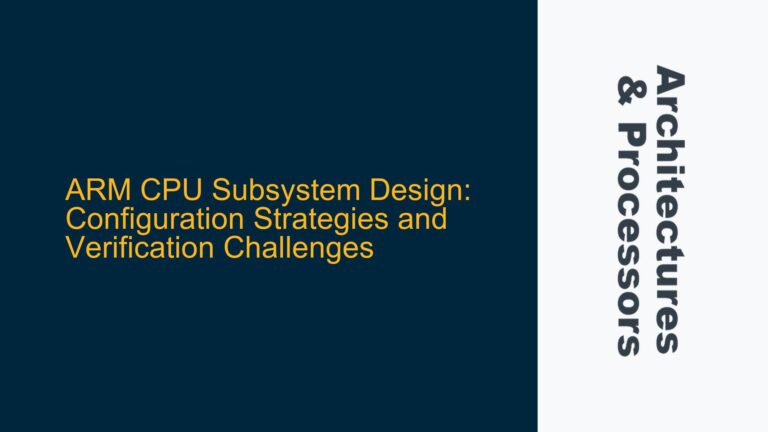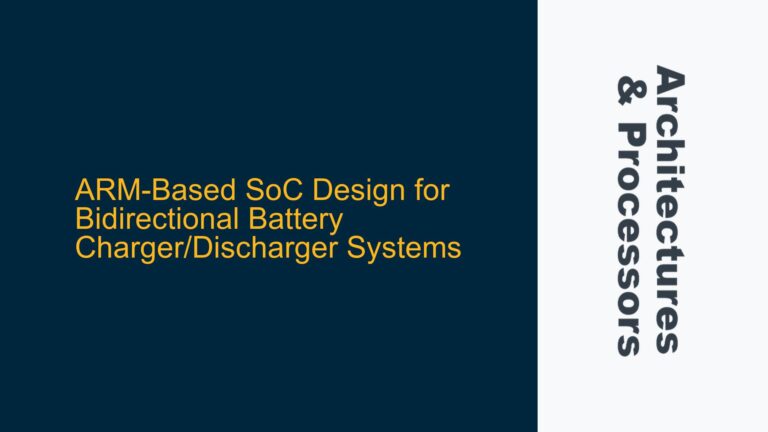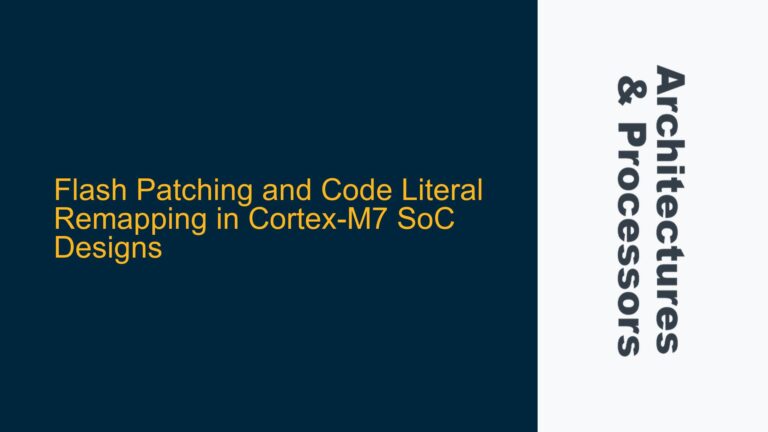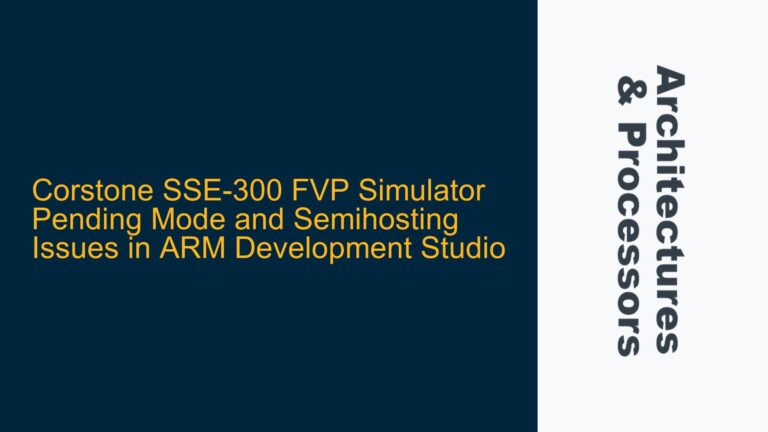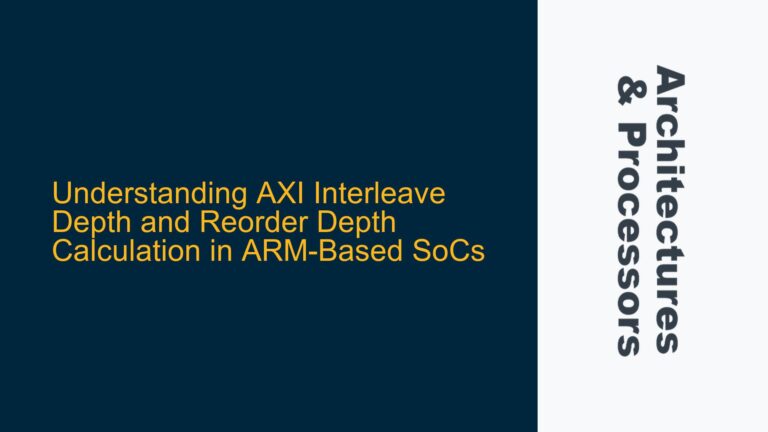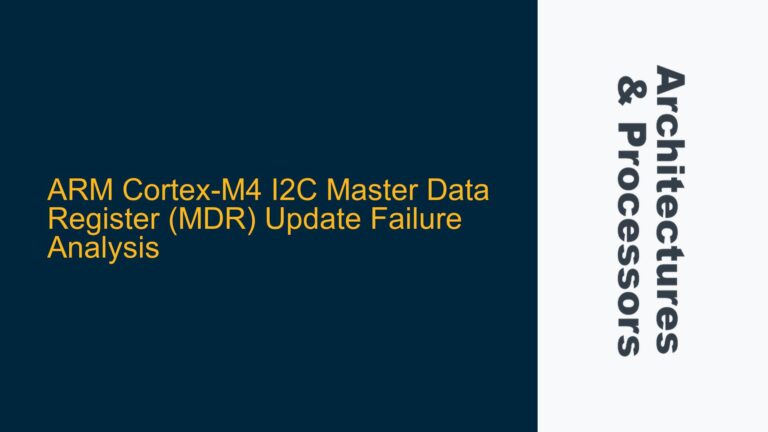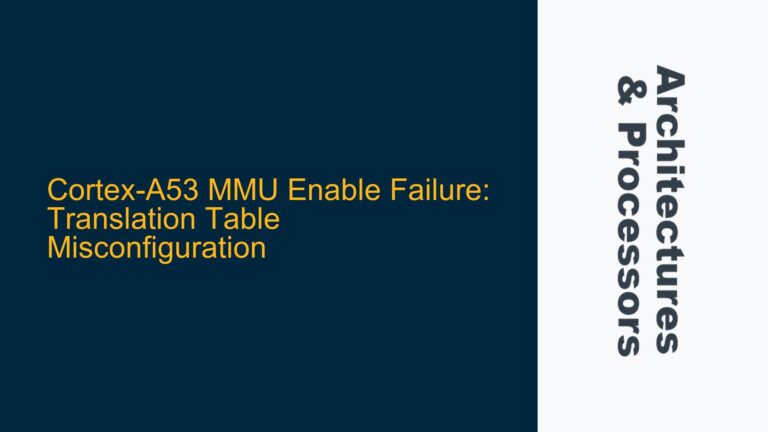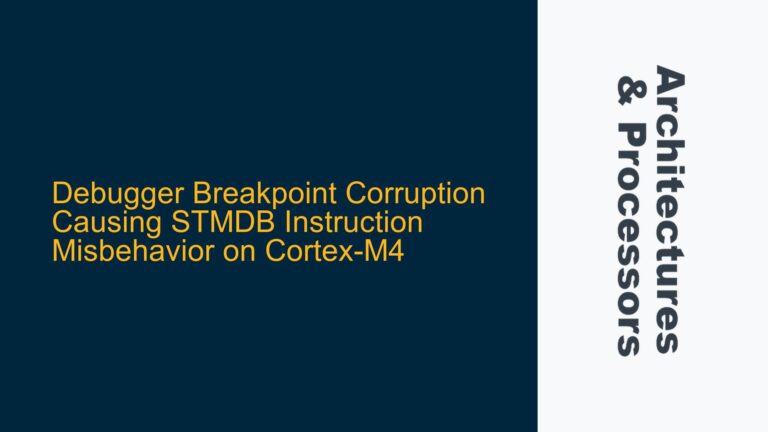ARM CPU Subsystem Design: Configuration Strategies and Verification Challenges
ARM CPU Subsystem Design for Multi-Product Families Designing an ARM-based CPU subsystem involves integrating ARM CPU cores, AXI/AHB bus interconnects, memory controllers, DMA controllers, and cache systems. One of the primary challenges is determining whether to create a single, highly configurable subsystem that can cater to multiple product families (such as Automotive, Consumer, and IoT)…
